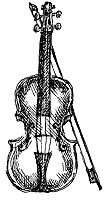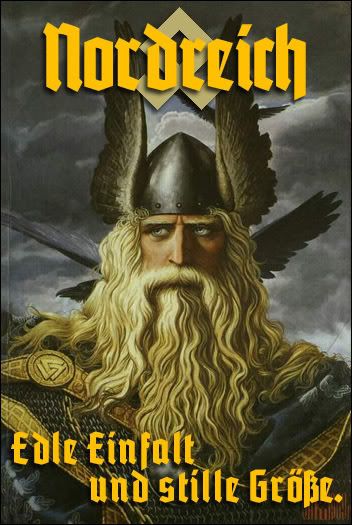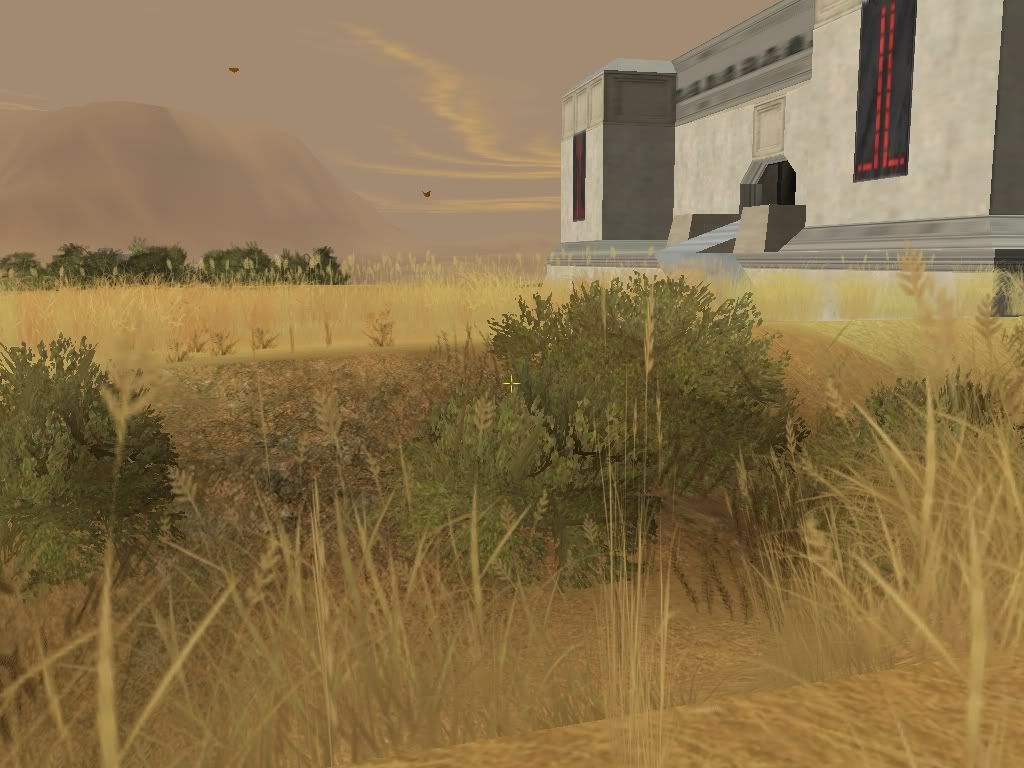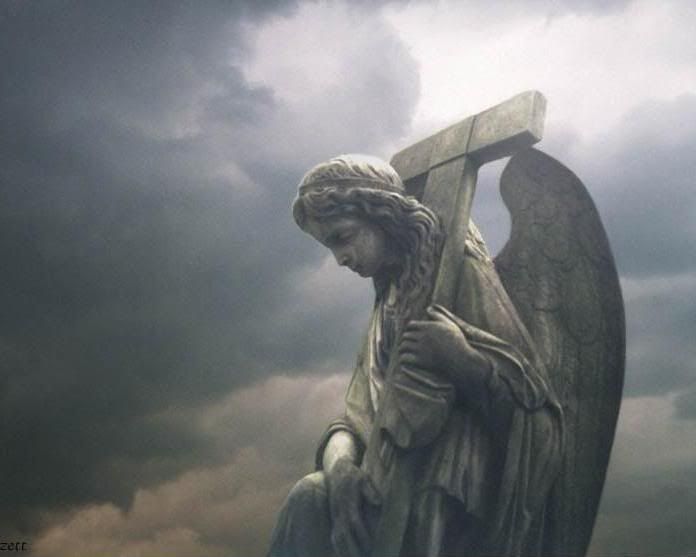I think that I will wrap this series up for now, but I will add a part 20 to review another work that I'm looking at of which there is a copyright issue. I just wanted to clarify a few items. Regarding when I wrote that Wiccans didn't have any interest in von List, I should point out that it would not be an exaggeration to say that elements of "Celtic Wicca" have some overlap with some elements of those who call themselves specifically "Asatru"; and it may tie into aspects of "Norse witchcraft. I would think that von List would have approved of part of this direction.
Curiously, List isn't mentioned nearly as much as one would think among many Odinist concerns; and that may be because he focused on many magical aspects of heathen reconstructionism, of which they don't want to bother delving into. Part of the reason may be the perception of "political correctness." I say perception because, in this case, it isn't based on fact.
Often I think that I wasn't doing justice to 'The Secret of the Runes', but there's no way to really go "halfway" with it. There was an entire section at the end which went into the German baking tradition. It was very complex, and I wasn't able to really review it. I have noticed that most of those concerns who--despite clear evidence to the contrary--continue to demonize Guido von List, are either "single-issue zealots" or are what I would call "spiritual neuters." Their mythology is of the utmost importance; while all others are "demonic." They may even want to attack him as a "heathen," and not for anything else, but using other dishonest reasoning. Even beyond that, I have also noticed among religious extremists that they're actually afraid to criticize the other major religions, but attack the little ones.
It may be safer to turn a blind eye to the demonization of Guido von List. However, our very own ancestors in the Camunian Valley, only a few centuries ago, were demonized as well. Some were put to death as a result. Now isn't that worth at least considering first?
2-19-13 ADDITION: I had typed out some text from 'Secret of the Runes', which I misplaced. I wanted to add it here to shore this posting up, since it was a bit lacking compared to the others in the series.
Guido von List regarding the symbology of the fiddle:
This is the old skaldic magical instrument of awakening which introduced the song, and since “song” (bar) also means “life,” the fiddle was one of the many ideographs (hieroglyphs, symbols) of rebirth, and it is for this reason that it is often found in graves as a sacred gift. Therefore it is not necessarily so that the dead man in whose grave a fiddle is found was a fiddle player. “flutes and fiddles” enticed people to dance, to the excitement of its ascetic temperament—because they served as magical instruments to arouse the human fyr (fire) of awakening with the Christian symbol of awakening “the trumpet of judgement.”
Further clarification from Wotanist blogger Wotans Krieger on his posting regarding the Gibor rune:
"Flutes and fiddles" enticed people to dance, to the excitement of love, and was therefore banned by the Church-with its ascetic temperament-because they served as magical instruments to arouse the human fyr[fire] of love.
So the Church replaced the Wotanic symbol of awakening with the Christian symbol of awakening "the trumpet of judgement".
2-19-13 ADDITION: I had typed out some text from 'Secret of the Runes', which I misplaced. I wanted to add it here to shore this posting up, since it was a bit lacking compared to the others in the series.
Guido von List regarding the symbology of the fiddle:
This is the old skaldic magical instrument of awakening which introduced the song, and since “song” (bar) also means “life,” the fiddle was one of the many ideographs (hieroglyphs, symbols) of rebirth, and it is for this reason that it is often found in graves as a sacred gift. Therefore it is not necessarily so that the dead man in whose grave a fiddle is found was a fiddle player. “flutes and fiddles” enticed people to dance, to the excitement of its ascetic temperament—because they served as magical instruments to arouse the human fyr (fire) of awakening with the Christian symbol of awakening “the trumpet of judgement.”
Further clarification from Wotanist blogger Wotans Krieger on his posting regarding the Gibor rune:
"Flutes and fiddles" enticed people to dance, to the excitement of love, and was therefore banned by the Church-with its ascetic temperament-because they served as magical instruments to arouse the human fyr[fire] of love.
So the Church replaced the Wotanic symbol of awakening with the Christian symbol of awakening "the trumpet of judgement".







